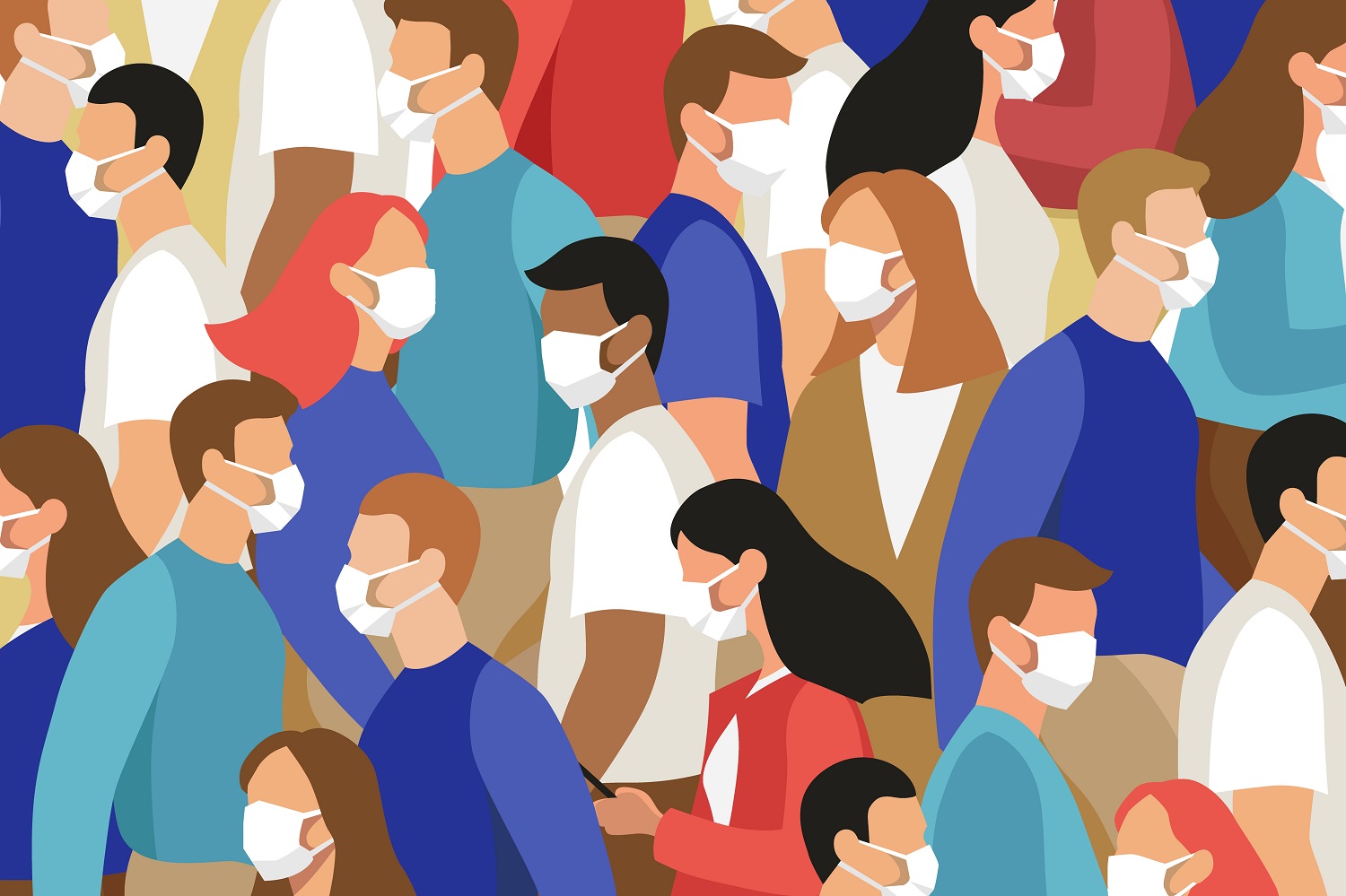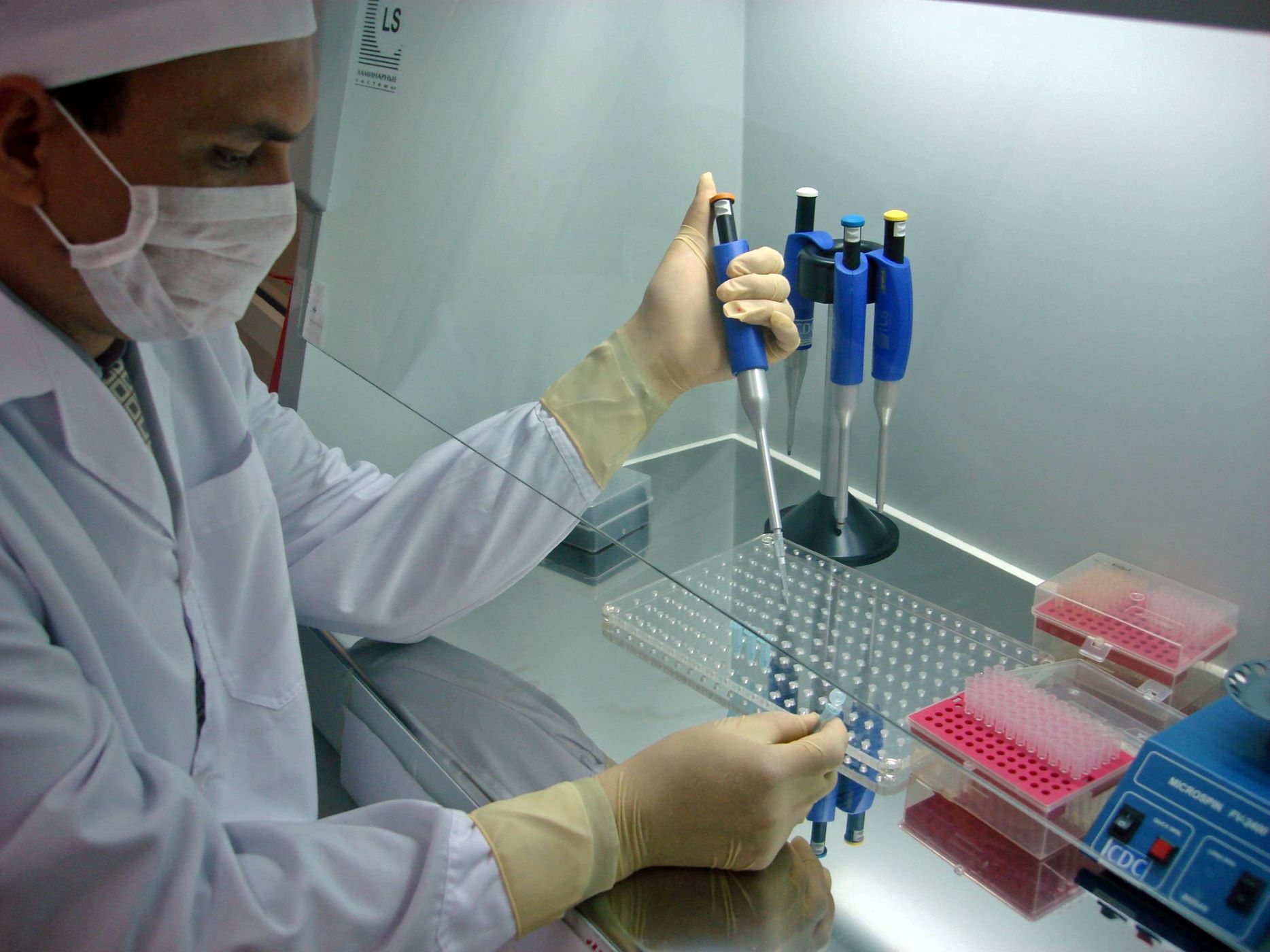The UN OCHA was offered an opportunity to respond to this blog by CGD experts Jeremy, Patrick, and Rose. Read the response here.
Longstanding weaknesses in the humanitarian business model are undermining the COVID-19 response in fragile and conflict affected states. Extensive delays, poor mechanisms for tracking disbursement of funds from intermediaries to implementers, and persistent obstacles to financing local actors are preventing funds from reaching organizations on the frontlines of the COVID-19 fight.
Donor governments have generously contributed nearly $2.5bn in humanitarian COVID-19 financing. But what seems timely from a donor perspective – a rapid disbursement toward an appeal – does not necessarily translate into timely frontline delivery. That is a concern in any crisis, but it is debilitating in outbreak response where lost weeks or months can allow exponential spread of the virus.
Why local capacity is essential to the COVID response
Local leadership and frontline delivery capacity are crucial in humanitarian response. But as we argued in our post on COVID-19 response in early April, local governmental and non-governmental actors roles are especially central in this operation. The traditional humanitarian operating model—surging international personnel and supplies into a defined crisis zone—doesn't work well when travel is widely restricted and the crisis is hitting every country simultaneously.
Supporting and reinforcing local capacities is essential to operational reach at scale. It is also essential for effectiveness: outbreak response is highly tied to culture and trust, and local institutions and faith-based organisations can navigate this terrain more ably than international agencies. They are best placed, through engagement with their communities, to disseminate preventive public health messages, counter misinformation, deliver track and trace programs and life-saving support to those who need to be shielded through isolation, and identify those who need the most urgent livelihood support.
How the UN and donor practices are slowing down the response
The UN humanitarian response plan (GHRP) acknowledges the importance of local response leadership, yet the first iteration of the plan nonetheless called for 95 percent of funding go to UN agencies directly. This created a paradoxical situation in which donors moved reasonably quickly to disburse funding for the plan after it was first published on March 25, yet barely any of this money has reached frontline organizations.
CGD has confirmed with multiple major NGOs and NGO coalitions (both international and local), that the considerable donor funding mobilized for COVID has been extremely slow in making its way to frontline partners. The NEAR Network, a coalition of local and national NGOs, informed us that it reached out to coalition members in 28 countries to inquire whether they had been able to access new COVID-19 financing; only in 2 countries (Turkey and Syria) did their members confirm that new money had reached them. In the other 26 countries, NEAR’s members reported repurposing existing funds to support their COVID-19 efforts—forcing them to shortchange their other critical humanitarian work.
The data available on the UNOCHA’s Financial Tracking Service tell a similar story. FTS data as of 15 June show that donors have given nearly $2.5bn in funding, of which $1.8bn (74 percent) has gone to the UN. NGOs, by contrast, have received only ~$73m (3 percent) of the total, of which specified local and national organizations have received $1.7m (0.07 percent). The quality of the data is also a point of concern; efforts to track international funding flows through the COVID-19 response have faced pitfalls that raise renewed questions about transparency in humanitarian financing, and CGD’s research for this post identified several apparent coding errors in the data.
Funding decisions by the top ten government donors heavily shape the COVID-19 response: they account for 69 percent of funding overall and 65 percent of funding to the UN. As the chart below demonstrates, the leading donors have heavily prioritized direct UN funding.
Furthermore, there is little indication in the FTS data that the money going to UN agencies is reaching NGO partners. FTS has the capacity to track flows onward from UN agencies to their sub-grantees, but the data currently show no transactions of this type. So while the UN’s activities are being robustly funded, civil society and NGOs remain consigned to the periphery.
The humanitarian Inter-Agency Committee (IASC) is reportedly discussing proposals to address the slow rate of frontline disbursements, including more direct funding of NGO networks and funding increases to NGOs through UN agencies and country-based pooled funds (CBPFs). About $118 million has been allocated for COVID-19 response through CBPFs, split among 14 countries. CBPF funding represents a mere 5 percent of total allocations, but 81 percent of funding to national and local organizations. Transparency remains a major issue; CBPF disbursement reporting provides details on destination countries, field clusters and plans, but for the most part leaves recipients unnamed.
It is encouraging that the IASC is now discussing how to address frontline funding gaps. The updated UN appeal launched last month spends several pages affirming the need for INGO and national NGO partnership and funding (although with scant detail on how to achieve this). And it also shifts away from proposing funding for specific organizations, and instead calculates some costs on a unit-cost basis, agnostic toward the funding recipient. These are steps in the right direction.
Still, the fact that frontline funding shortfalls are only being explored reactively—several months after the initial appeal—highlights major flaws in the financing architecture. Just as concerningly, these flaws were obvious from the outset but are only being addressed in retrospect. It has long been recognized that UN agencies, while often effective in implementing their own programs, perform poorly as intermediary donors to their own sub-grantees. Central grants to individual UN agencies have been found to deliver the least timeliness and overall benefit in responding to emergencies. The advantage of using this channel is reduced even further when multiple intermediaries are used (for example when a UN agency subcontracts an international NGO who in turn subcontracts a local organization who then funds a community group) because the length and cost of the chain of transactions proportionally reduces the value reaching people in need, and thus the positive impact on their lives. In spite of this, donors have continued to channel as much as 60 percent of their humanitarian funds to UN agencies in 2019. It is worrying that far from addressing this imbalance, the COVID-19 response has seen the proportion of funds going to the same agencies increase even further.
Implications for the future of the humanitarian business model
It appears that, rather than triggering adaptations to the humanitarian business model, or accelerating localization reforms agreed through the Grand Bargain, the COVID-19 crisis is instead prompting a regression toward traditional donor and UN funding dynamics.
It appears that, rather than triggering adaptations to the humanitarian business model, or accelerating localization reforms agreed through the Grand Bargain, the COVID-19 crisis is instead prompting a regression toward traditional donor and UN funding dynamics.
On one level, this is understandable: most donors have little administrative capacity to provide direct grants to frontline organizations, and must instead rely on intermediaries to administer their funds. CGD is wrapping up an extensive process of research into donor practices, and one key finding is how heavily most donors rely on the UN’s absorptive capacity. Donors see UN agencies as ready and trusted options for pooling funds; donors can make a few large contributions toward UN appeals rather than manage 25 smaller one-off grants to frontline implementers. There are functional areas where this kind of pooling can enhance operational effectiveness, such as consolidation of global supply chains that can mount global logistics and procurement operations. Pooling funds through UN agencies also offers donors a straightforward way to share fiduciary and other operational risks, and reinforce the UN’s normative leadership roles.
But that absorptive capacity has also turned UN agencies into default funding recipients even when they are not appropriate to a given task. While this alleviates bureaucratic burden on the donor side, it also creates a potentially misleading impression of timeliness. Few donors (as they acknowledged in our research) have the ability to rigorously follow what UN agencies then do with their contributions in real time. So, if donor funds are not then reaching frontline partners quickly—as seems to be the case with COVID funding—there can be little way for donors to see that, much less do something about it.
The delays in COVID-19 funding should prompt some soul-searching in the donor community about whether their heavy reliance on treating big UN agencies as default pooled funds is tenable. Support for important UN functions should not come at the expense of broader operational efficiency and effectiveness. As suggested in a previous post, a preferable long-term solution may be to move to a “funding-by-function” model, in which donors fund the UN agencies for activities where they have a clear comparative advantage (such as norm-setting, coordination or running a large common procurement pipeline), but do not look to them to be a pass-through for funding to NGOs and local institutions.
Now should also be an opportunity for international NGOs to rethink their role in humanitarian delivery. In many humanitarian contexts, particularly in conflict and other complex crises, the presence of international civil society organizations will remain essential to support their national and local counterparts. But wherever that relationship is reduced to subcontracting relationship for operational delivery, this should evolve towards a supporting, enabling and empowering role.
Recommendations to donors
Immediately, we see three important steps donors should take to improve timeliness of support to frontline partners:
Establish clear parameters on COVID-19 funding to UN agencies. Donors should push their UN partners to demonstrate that they are expediting funds to local partners in the most direct way possible. This could include reporting of transparent real-time data on grants to downstream partners, along with justification of the proportions retained for the agency’s own programs. Donors should also ensure that UN agencies are partnering in a way that supports rather than taxes local organizations’ capacity—particularly by ensuring coverage of a reasonable level of indirect costs (overheads) to local partners in order to support their capacity.
Provide block grants to existing pooled funds for the COVID-19 response that can be accessed directly by local organizations. These currently include the START Fund—who have set-up a special COVID-19 Fund—and the UN Country-Based Pooled Funds managed by UNOCHA. Where these do not operate, bespoke pooled funds could be established; the NEAR network is currently pursuing this in several countries.
Support existing NGO partnerships and umbrella mechanisms that are able to provide an efficient pass-through mechanism - for instance consortia of faith-based organisations—or services that could support the capacity of local organisations to deliver, such as the H2H network or the CDAC network. Funding to national Red Cross and Red Crescent societies could also usefully be increased through the international federation (IFRC).
Disclaimer
CGD blog posts reflect the views of the authors, drawing on prior research and experience in their areas of expertise. CGD is a nonpartisan, independent organization and does not take institutional positions.
Image credit for social media/web: Center for Global Development





